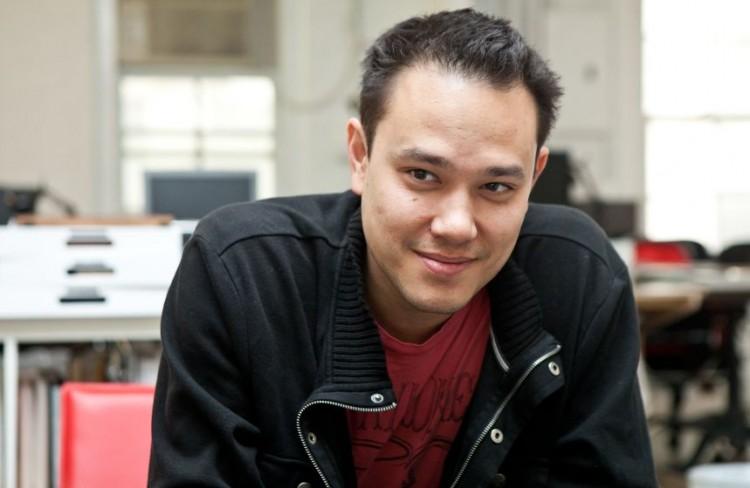NEW YORK—James Ramsey used to dig up Native American arrowheads and pottery for fun by the Eastern Seaboard in Maryland as a child. Why experience adventures vicariously through fiction when one can embark on real life expeditions? And that is precisely what Ramsey has always done; he creates his own ventures.
Ramsey never read “Goodnight Moon,” Dr. Seuss, or “The Boxcar Children,” as a child—it was always nonfiction books about outer space, ancient civilization, and archaeology.
“All sorts of amazing discoveries and adventures that exist throughout the world of fiction are very much real things,” he said. “If you can study the real life phenomenon you can actually engage in them yourself.”
Extraordinary adventures, however, require insight from many scopes of interest. Ramsey believes that people shouldn’t limit their time to exploring just one field.
Ramsey, 35, is the co-creator of the Lowline with Dan Barasch. It is a proposed underground park that will grow trees and grass in the subterranean indoors. The plants will be sustained through a technology he invented called “remote skylights,” which uses optics to gather natural sunlight and distribute it to underground plants through a solar dish.
He implores the younger generation never to be apathetic, but pursue every single one of their interests with fervor. The idea behind Lowline could not have come about on a science whim alone.
Ramsey studied architecture at Yale, and went on to become a satellite engineer for NASA, before starting his own design studio.
Whenever he delved into a new field, it often provided a new perspective on his previous studies.
“If you can just explore everything that interests you at the same time, you can be surprised by what you can find out,” Ramsey said. “The Lowline is actually something that comes very organically from a combination of several of my nerdy interests.”
The Lowline is on a vacant plot of land near the Williamsburg Bridge that spans three blocks between Delancey and Essex street. The area used to store streetcars that carried passengers between Williamsburg and the Lower East Side from 1903–1948.
“In a lot of ways, the Lowline is nothing but urban archaeology ” Ramsey said. One idea led to another; urban archaeology provided segue into revolutionary science.
“I think there is a relationship between my archaeology interest and the philosophical underpinnings to what the Lowline is,” Ramsey said. “When I used to go around looking for fossils, it had a lot to do with the idea of interacting with these hidden elements in the world.”
Ramsey was captivated by the historical elements preserved in the abandoned lot, such as the cobblestones, rail tracks, and vaulted ceilings.
“It’s the idea that there are spaces like that still hiding down there,” he said. “It’s with this childlike aspiration for exploration that you can find these beautiful artifacts that remind you of the deep history and enrichments of the world.”
Ramsey hopes the Lowline will be free for the public after it is built. He wants the Lower East Side to have a cultural landmark of its own.
Making the Most of Your Time
How can a human being accomplish so much in such vastly different fields? Ramsey believes that in order to truly learn something well, one must fundamentally understand how things work.
“Like a building, for example, it’s not just some shape. It annoys me a little bit that most design or architecture education is really just geared toward making a shape,” he said. “I think it’s much more important to get to the roots of what the profession actually was—back in the day, ancient building designers were actually the stone masons who put it all together.”
And, he says, there is an age limit to great achievements.
“Every year that goes by, my brain gets softer I think,” he said. “I think most of the breakthroughs and great achievements in this world have been done by people between the age of 20 and 35. I’m on the tail.”
Ramsey has an idea brewing about how mathematics works. He hopes he will find time to study multidimensional math soon—perhaps to find the next revolutionary math principle.
“I think people should get excited about their interests, and follow all of them simultaneously. Who knows what it’s going to yield?”
The Epoch Times publishes in 35 countries and in 19 languages. Subscribe to our e-newsletter.




